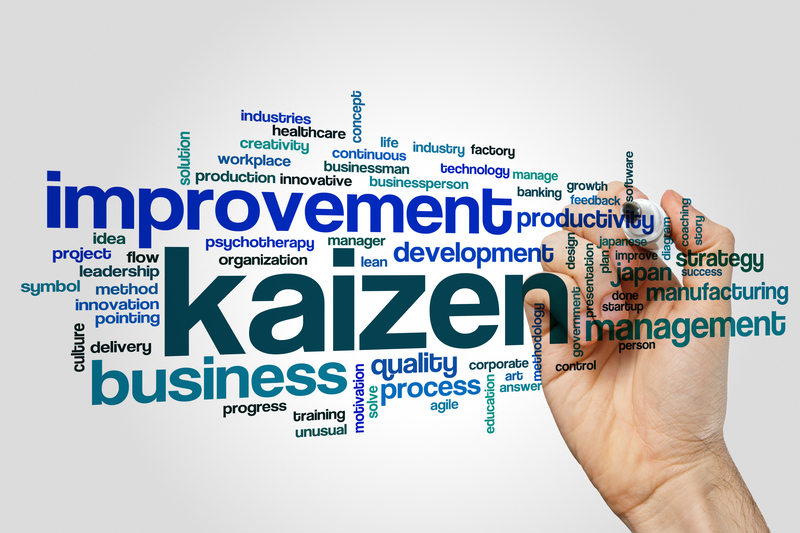To ensure that team members are productive – putting their time and resources to good use – during a Kaizen event, they need the right tools. However, doing this is no easy task since Six Sigma has many tools. But this is important, considering that pulling it off will lead to the success of the Kaizen event and significantly increase workplace productivity and business performance.
Here are four tools that are essential to pulling off a Kaizen.
1. 5S
During a Kaizen event, there will be questions regarding quality management that need to be answered. 5S is usually used to answer many of them. This tool has helped many organizations achieve total quality management, on top of helping them reduce costs, increase safety, standardize procedures and deliver products and services on time.
There are five major components or Ss to 5S: Sort, Straighten, Shine, Standardize and Sustain.
2. Value Stream Mapping
To study how the value of a product flows through a process, teams use value stream mapping (VSM). This helps the team visualize and analyze how things like information and materials contribute to the smooth delivery of value to the customer or end-user. This allows them to better identify which activities in a process add value and which ones don’t. Any activities that don’t add value are removed from the process, which significantly reduces or eliminates any waste.
3. Fishbone Diagram
If you know what 5 Whys is, you’d know that this tool leaves a lot to be desired visually. Think of the fishbone diagram as a way to visualize 5 Whys. Kaizen emphasizes that to effectively get rid of problems in the workplace, root cause analysis must be performed.
In this diagram, the problem is represented by the fish’s head. Each bone leading to the tail is a homogenous group of potential causes or “Why?” questions. These bones can also have sub-bones or subgroups that lead to further potential causes.
The aim of the fishbone diagram is to see if there are some less obvious causes that are leading to the issues being experienced. It is believed that once these are eliminated, the problem will disappear indefinitely. That way, resources aren’t wasted on the wrong causes.
4. Pareto Analysis
Pareto Analysis is one of the most effective tools for identifying and solving problems. It is not uncommon for teams to use it during a Kaizen event. This technique, which is also known as the 80/20 rule, seeks to prioritize problems in terms of severity. The problems are usually arranged in order of severity through the use of a Pareto chart. By simply looking at the chart, teams know which problems they need to tackle first.
Conclusion
Of course, there are other tools that are essential to add to everyone’s Kaizen toolbelt, including Kaizen newspapers, SIPOC and Target Process Report. However, now you have a good idea of what tools can contribute to a successful Kaizen event. Making sure a Kaizen goes well is one of the best ways to increase productivity in the entire organization.
Click here to know more about our Six Sigma Training Course schedule










No responses / comments so far.